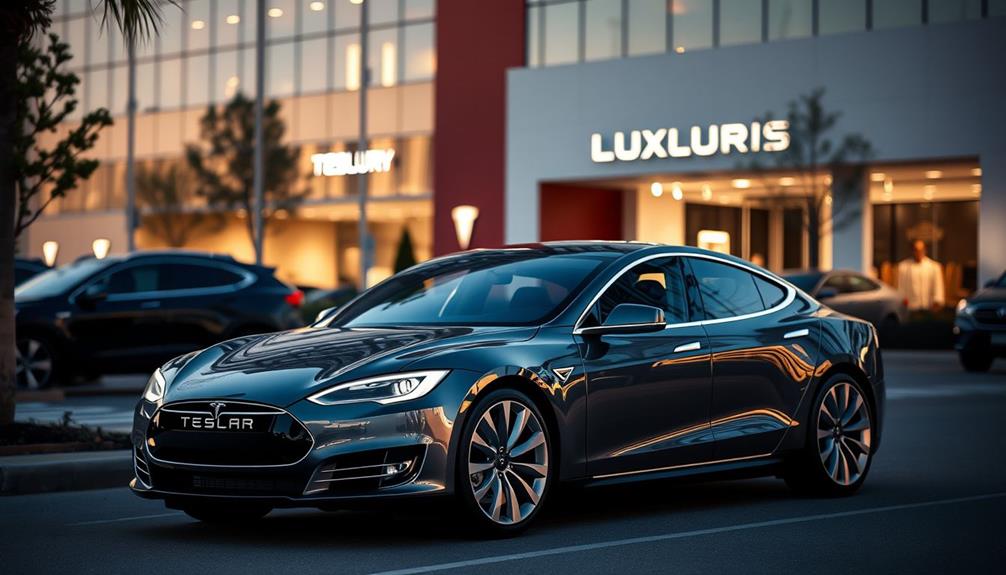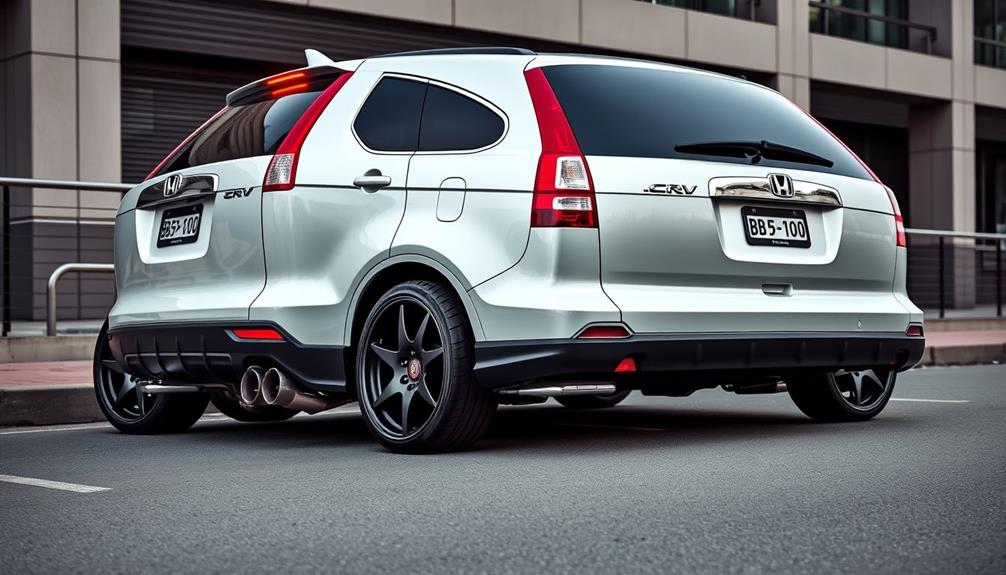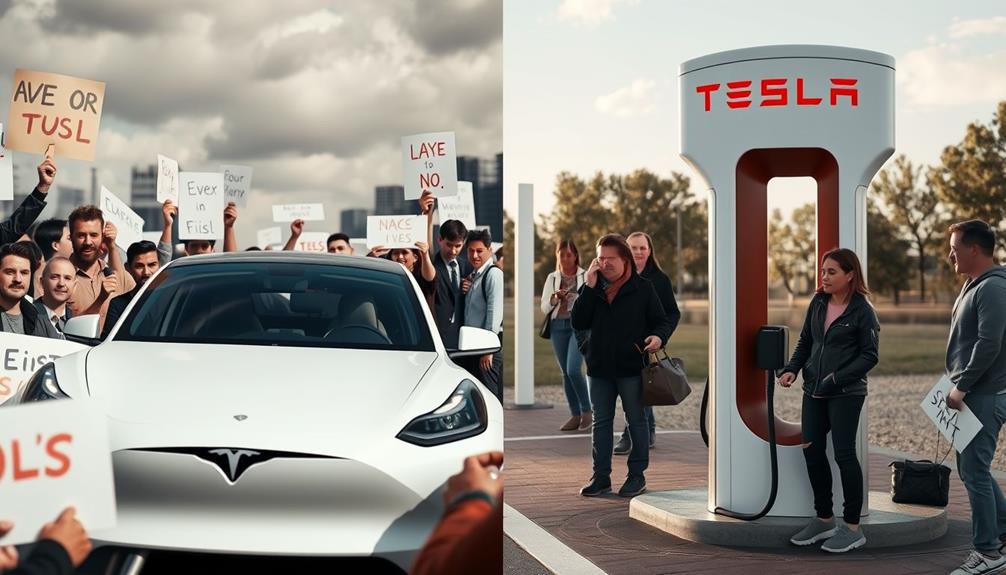Tesla car prices start at around $40,630 for the Model 3 and can rise to over $200,000 for high-end models like the Roadster. The Model Y ranges between $46,630 and $54,130, while the luxury Model S and Model X begin at $76,630 and $81,630, respectively. You should also factor in customization costs, taxes, and fees, which can add considerably to the final price. Additionally, federal tax credits might reduce your out-of-pocket expense. If you're curious about how to maximize your investment in a Tesla, you'll find more insights ahead.
Key Takeaways
- The Tesla Model 3 starts at $40,630, while the Model Y ranges from $46,630 to $54,130.
- Higher-end models like the Model S and Model X begin at $76,630 and $81,630, respectively.
- Customization options can significantly increase the final price by $2,000 to $19,000, alongside a $1,390 destination fee.
- Federal tax credits of up to $7,500 are available for eligible models, reducing overall purchase costs.
- Total ownership costs, including maintenance and fuel savings, are often lower compared to traditional vehicles.
Tesla Model Pricing Overview
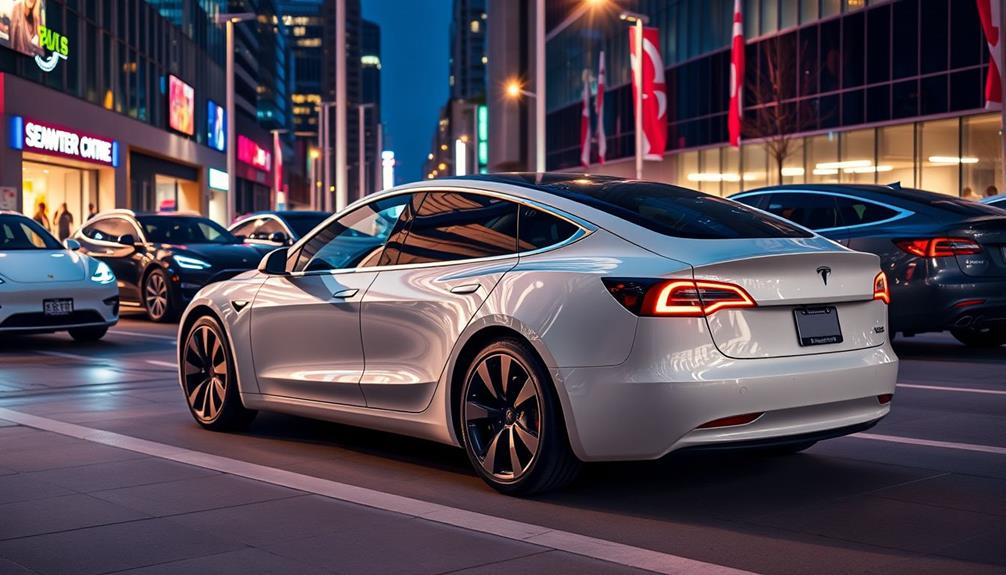
In 2024, Tesla offers a diverse range of models to fit various budgets and preferences. The pricing starts at $40,630 for the Model 3, which is the cheapest Tesla model available. This compact sedan boasts an impressive EPA-rated range of 272 miles and qualifies for a federal tax credit of up to $7,500, making it an attractive option for those new to electric vehicles.
Next, you have the Model Y, priced between $46,630 and $54,130, which is Tesla's top-selling vehicle. With an estimated range of 295-320 miles, it also benefits from the $7,500 tax credit, appealing to families and adventurers alike.
For those seeking luxury, the Model S starts at $76,630, while the Model X, a spacious SUV, begins at $81,630. However, keep in mind that these higher-end models exceed the federal tax credit limits due to their elevated pricing.
Lastly, don't overlook the upcoming Cybertruck, launching in 2025, with the AWD variant priced at $79,990.
Tesla's diverse lineup guarantees there's an option for nearly every driver.
Customization and Additional Costs
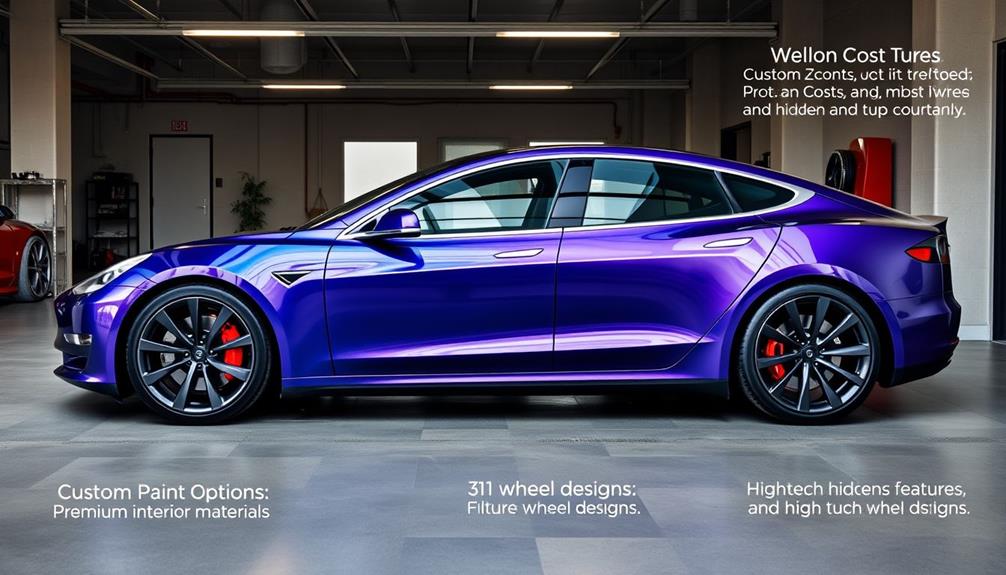
Exploring customization options for your Tesla can greatly impact the final price, adding anywhere from $2,000 to $19,000 depending on the features you choose. While it's exciting to personalize your vehicle, be aware of the additional costs that come with it.
Here's a breakdown of some typical expenses you might encounter:
| Cost Type | Estimated Amount |
|---|---|
| Order Fee | $250 (nonrefundable) |
| Destination Fee | $1,390 |
| Local Taxes | $4,500 – $5,000 |
| Insurance | Varies |
| Maintenance | Varies |
Tax Credits and Incentives
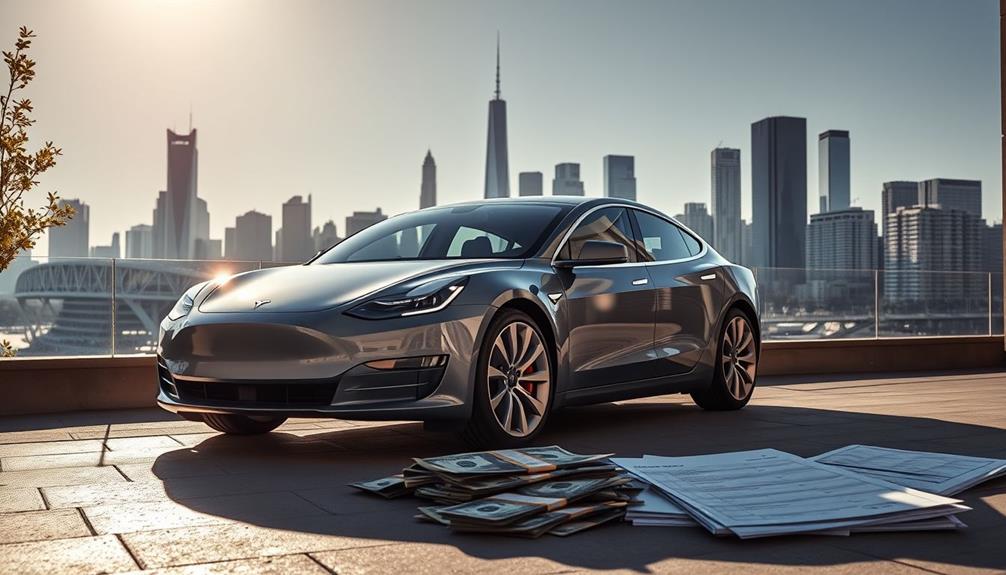
When you're considering a Tesla, tax credits and incentives can greatly affect your overall cost. The federal EV tax credit can provide up to $7,500, but eligibility is limited to certain models. For the Model 3, the price must fall under $55,000, while the Model Y has a cap of $80,000. As of June 2023, only select variants of these models qualify for the full credit, along with the Model X Long Range variant.
In addition to the federal incentives, you might find local programs that offer additional tax credits based on your residence. These local incentives can make your Tesla even more affordable, especially if you do your homework to understand the eligibility requirements.
Keep in mind that your income and location can influence your access to these programs, so research is significant.
Tesla's price adjustments also play a role in how these incentives affect your purchase decision. By factoring in these tax credits and incentives, you can make owning a Tesla more financially attainable, helping you embrace clean energy while keeping costs manageable.
Market Position and Value

Understanding the financial incentives available can make a Tesla more appealing, but it's also crucial to look at how these vehicles fit into the broader market.
Tesla prices range from $38,990 for the base Model 3 to over $200,000 for the upcoming Roadster, positioning them within the premium electric vehicle segment. The Model 3's status as the 12th best-selling car in the U.S. in 2023 highlights its strong consumer demand as interest in electric vehicles rises.
Recent price cuts across Tesla's lineup enhance affordability, triggering a price war with traditional automakers like Ford and GM. While the upfront costs might be higher than many vehicles, Tesla's value proposition lies in lower maintenance costs and long-term fuel savings, making them financially attractive in the long run.
Moreover, the availability of federal tax credits, up to $7,500 for eligible models, can greatly reduce the effective purchase price, further bolstering Tesla's market position.
As you consider your options, it's vital to weigh these factors to understand the true value of owning a Tesla in today's competitive automotive landscape.
Maintenance and Ownership Costs
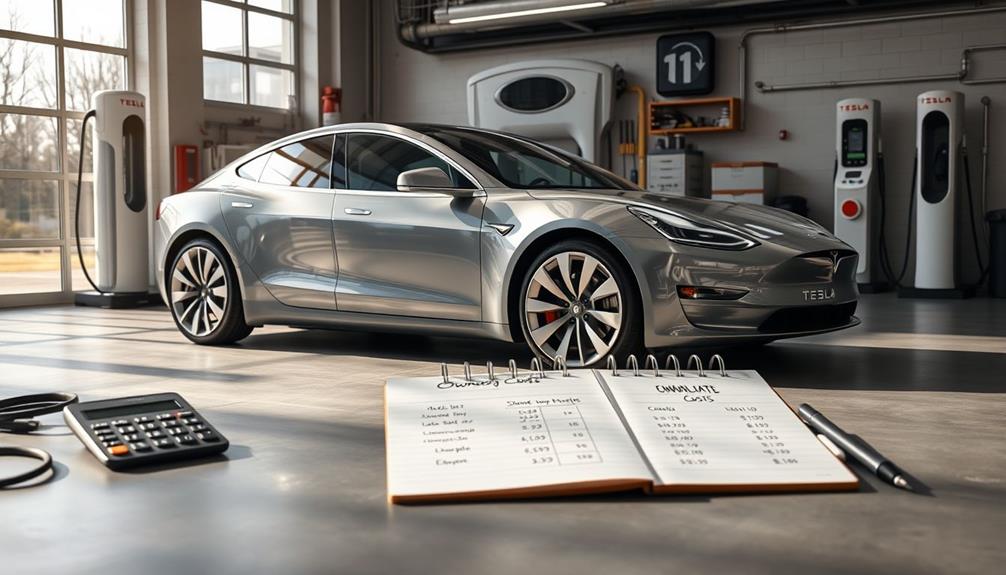
Owning a Tesla often means enjoying lower maintenance costs compared to traditional gas-powered vehicles. With fewer moving parts, the projected five-year maintenance costs for a Model 3 are estimated at just $980. You'll find that annual servicing is usually unnecessary, as maintenance is typically only recommended as needed, focusing mostly on tire care.
However, ongoing ownership costs do include insurance and charging expenses. Tesla's driver insurance adjusts premiums based on your individual driving performance, which can help safe drivers save on insurance costs. Plus, the potential fuel savings from using an electric vehicle can greatly offset the higher upfront cost.
It's important to reflect on battery replacement down the line, as EV batteries generally last about 12-15 years. Replacement costs can range from $13,000 to $20,000, excluding installation fees. It’s worth considering how advancements in technology and manufacturing might impact future replacement costs, potentially making them more affordable over time. For instance, Tesla battery lifespan explained in greater detail reveals that factors such as charging habits, weather conditions, and overall usage play a critical role in determining longevity. By carefully maintaining an EV and following best practices, owners can potentially extend the life of their battery and defer replacement costs.
While this might seem intimidating, the overall maintenance and ownership costs for Tesla vehicles are often lower than you'd expect, especially when factoring in savings on fuel and reduced maintenance needs.
Frequently Asked Questions
How Much Do Teslas Actually Cost?
When considering how much Teslas actually cost, you'll find a range from around $40,630 for the Model 3 to over $100,000 for a fully customized Model S Plaid. Customizations can considerably increase prices, too.
What Is the Actual Price of Tesla?
Did you know the average electric car costs around $55,000? When considering a Tesla, you'll find prices range from $40,380 for the Model 3 to $94,380 for the high-performance Model X Plaid.
What's the Cheapest Tesla Cost?
The cheapest Tesla you can get is the Model 3 Rear-Wheel Drive, starting at $38,990 for 2024. You might also qualify for federal EV tax credits, lowering your overall cost even further.
How Expensive Is Driving a Tesla?
Driving a Tesla isn't just expensive; it's a journey through a financial wonderland! You'll save on charging and maintenance, but watch out for battery replacement costs. Overall, it's an investment in innovation and efficiency.
Conclusion
So, when you think you've cracked the code on Tesla car prices, you realize it's like trying to solve a Rubik's Cube blindfolded. From customization to tax incentives, every twist adds complexity. You might save on gas, but don't forget those unexpected maintenance costs lurking in the shadows. Ultimately, owning a Tesla isn't just about the price tag; it's about embracing the irony of paying a premium for the privilege of driving the future—while still counting your pennies.
